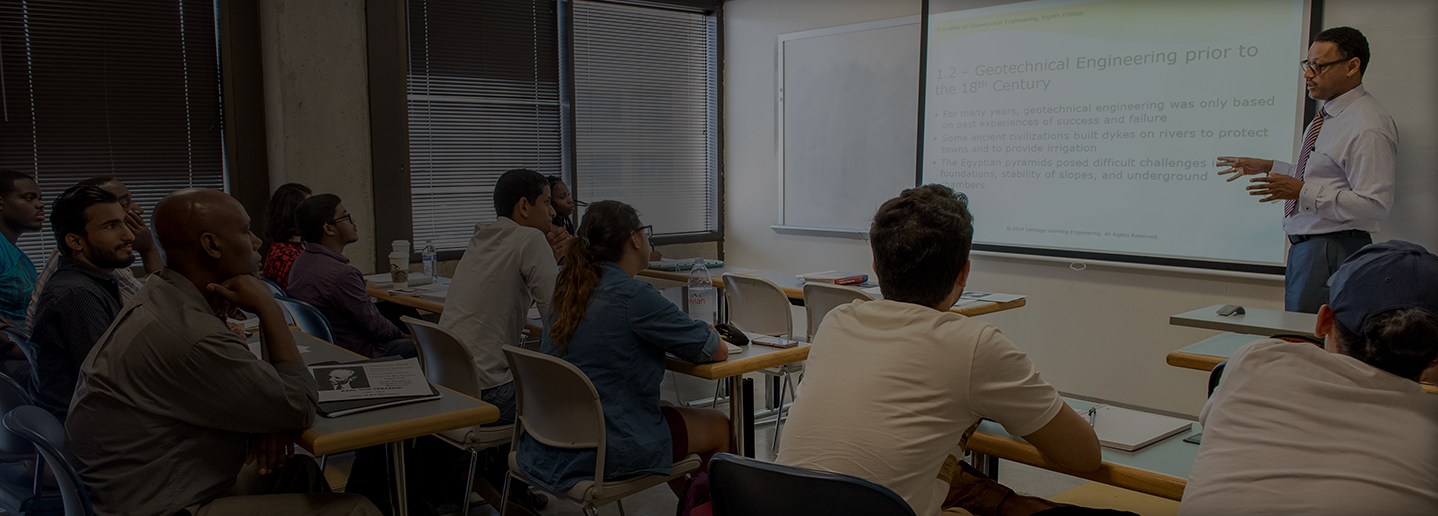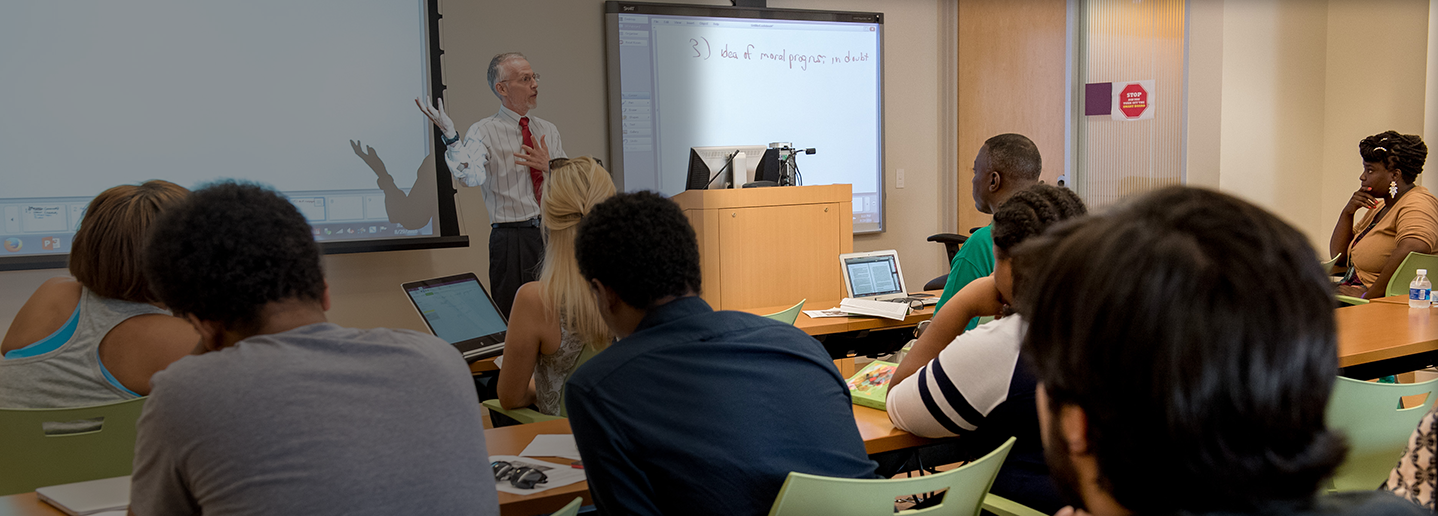About Title III at UDC
The University of the District of Columbia is, at once, very old and very new. Our technological modernization began under former President William Pollard during whose administration Title III funding supported the upgrading and recycling of all campus computers. Title III funding was also utilized by the Learning Resources Division (LRD) during these formative years to begin the training of faculty to teach on-line making UDC first among few in the world to pioneer the use of the iPod and podcasting in 2005. Title III funding has since enabled the institution to realize several aspects of President Allen L. Sessoms’ strategic plan which recognizes the new clientele on today’s campuses amid tremendous societal changes. Thus, our focus is student-centered and globally responsive as aptly represented by our mascot, the Firebird. The 160-year old institution recently has been transformed into a modern example of environmental sustainability and technological advancement through greater institutional efficiencies.
Title III has shared in this overarching vision. For the “New UDC” the Technology Enhancement activity of our Title III grants (2007-2012) has supported a records management digitalization program, provided for technician training, supported faculty training and certification to teach online, supported the curricular and instructional design of online and hybrid courses, and upgraded information technology equipment for the Office of Information Technology (OIT), the Office of Campus Safety, and computer laboratories throughout the campus. We have also funded the expanding number of smart classrooms, mobile smartboard units, state-of-the-art computer labs, as well as a Blackboard supported Help Desk service for the University’s Learning Portal which is available 24/7/365.
Title III funds first supported the BANNER implementation, an effort which led to the technological advancement of a number of University programs and practices. The BANNER enterprise system serves all areas of the University, including financial tracking and support, alumni relations and fund raising campaigns, student records and financial aid (all available via the Internet 24 hours a day, 7 days a week). Title III supported acquisition of Internet2 and the BANNER system modules affecting day-to-day functional demands and staff training opportunities. This hardware and software has enabled fiber optic connectivity among business units located throughout the campus to provide reliable and efficient access to resources and services and to support data-mining to increase student retention and degree completion.
Today, the University is a proud member of the Internet2 community. This initiative would not have been possible within a short period of time without Title III funding. Internet2 is an organization with the goal of developing and deploying advanced network applications and technology. With participation by over 60 leading companies and more than 300 American universities, Internet2 recreates the partnerships that helped foster the Internet as we know it today. Internet2 brings together institutions and resources from academia, industry, and government to develop new technologies and capabilities.
Among the many benefits derived from our Title III funding is the implementation of myUDC, a user-friendly portal that provides full integration of user services. Students, faculty and staff have single sign-on access to registration, bill payment, email, Blackboard Learn, grades, social media, etc. We have additionally benefitted from a new website including a virtual campus tour and links to all areas of the institution to support students, faculty and staff of the Community College, the flagship and the David A. Clarke School of Law. Twenty-two online learning modules (videos), which are well utilized, support use and access to the new enterprise BANNER system. In addition, nooks, iPads, tablet devices, and other paraphernalia are on loan to students and faculty from the library resources.
The institutional community has benefitted as well from the implementation of Blackboard Analytics, an application that provides statistical information from BANNER directly to the end users which included the initial training for selected members of our user community. This data retrieval system promises to deliver accurate, print-ready, quality institutional reports on demand. This reporting tool supports data-driven decision making.
Finally, Title III funding has been used to equip a faculty reading room with nooks, iPads, Kindles, laptops, and portable video projectors for circulation to faculty. The University has acquired software to develop clips for video streaming and we added two electronic collections and five e-books subject collections from E-Library as a part of the University collection. We have installed electronic Smart Boards, Smart Cards, and other equipment. The Learning Resources Division has also acquired multimedia carrels to promote collaborative learning and added study space seating. We upgraded the digital media server and digital media players to enhance the digital signal on campus. LRD also held three Online Learning Academies supporting faculty professional development resulting in online teaching certification, online pedagogical capacity, and online course design. An Online Certification Fast-Track program enables us to train and certify faculty to teach online course sections to meet growing demand in core courses.
The results of these initiatives can be seen in increased student and faculty use of technology and greater student engagement and satisfaction. These indicators are expected to result in higher retention and improved graduation rates in outgoing years. The University reaffirms its commitment to excellence through service, as it prepares its students for the global, technological challenges of life in the 21st century. Without targeted funding from the U.S. Department of Education through Title III, such a thorough rethinking of the institutional infrastructure may not have been realized.

